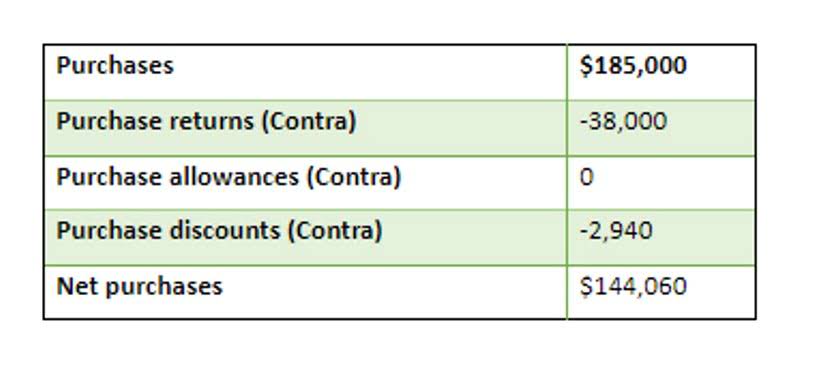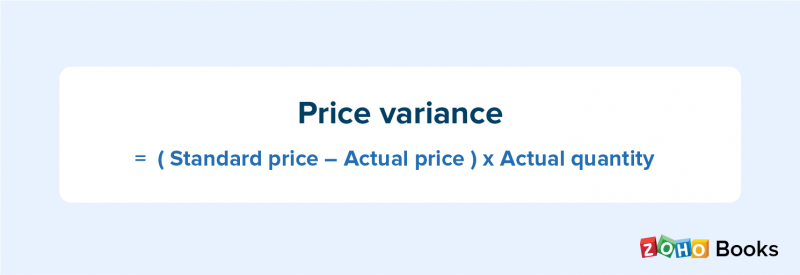How often have you received a check, set it aside on your desk, then nearly forgotten about it? However, the receiving party may not present the check to the bank for payment on the same date. Fortunately, banks don’t have a legal obligation to honor checks written more than six months in the past. If the old check isn’t six months old, or if you want an extra layer of protection, two strategies can protect you. ? To check the rates and terms you may qualify for, SoFi conducts a soft credit pull that will not affect your credit score. However, if you choose a product and continue your application, we will request your full credit report from one or more consumer reporting agencies, which is considered a hard credit pull and may affect your credit.
Get up to $300 when you bank with SoFi.
To prevent problems, you should cash or deposit a check promptly after receiving it. Like business checks, personal checks are generally considered invalid after six months (180 days). Outstanding personal https://onlinebrazilcasino.com/5-proven-online-casino-gambling-tips/ checks can cause budgeting problems, but you may have an easier time reminding a friend or family member to cash a check than a business payee. Call or email payees who fail to deposit checks and ensure that the check was, in fact, received. If that doesn’t work, send a letter informing payees the check has not been presented and officially request they notify you if they have not received the payment.
Guide to Outstanding Checks
For the past 52 years, Harold Averkamp (CPA, MBA) has worked as an accounting supervisor, manager, consultant, university instructor, and innovator in teaching accounting online. Before sending one, ask the payee to return the old check to eliminate the possibility of both checks being deposited, either intentionally or unintentionally. If a check is destroyed or never deposited, the money remains in the payer’s account. At first http://usa-history.ru/books/item/f00/s00/z0000018/st001.shtml glance, this may seem like a positive turn of events for the payer. As long as you know not to spend money promised to someone else, avoiding expensive consequences such as overdrafts or insufficient funds fees is possible.
Is there any other context you can provide?
With these measures in place, you’ll be better equipped to navigate the complex world of outstanding checks and keep http://www.radiovos.ru/news_1348124618341845.html your finances in order. An outstanding check represents a check that hasn’t been cashed or deposited by the recipient or payee. One state is that the payee has the check but hasn’t deposited or cashed it. The other state is that the check has not yet reached the recipient and is still in the payor’s bank-clearing cycle.An outstanding check is a liability for the person (i.e., payor) who has written the check.
In conclusion, outstanding checks can pose risks to your financial stability if not properly managed. By understanding the definition, risks, and implementing effective strategies to avoid and manage outstanding checks, you can maintain accurate financial records, prevent overdrafts, and ensure timely payments. Stay proactive in tracking and reconciling your accounts, communicate with recipients, and leverage the benefits of online banking tools.
- Be mindful of post office conditions and potential delays for seasonality, weather, or staffing issues.
- We we will not alter our cash book because the check will be eventually be presented.
- By being proactive and diligent in tracking all spending, you will have a better idea of your overall financial health and can make more suitable plans for the future.
- Outstanding checks are typically recorded in a company’s cash disbursement journal or check register.
- Call or email payees who fail to deposit checks and ensure that the check was, in fact, received.
Helping Learn Accounting – Financial & Managerial
Tracking of payments can be accomplished through the use of checks, which provide both a paper trail and evidence of payment. Through the use of the check, the sender and the recipient of the payment are able to retain a record of the transaction, which includes the date, the amount, and the payee. In this context, an outstanding check need not be outstanding for long; it may simply be the short period of time between when a check is mailed and when it is received. An overdraft occurs when the account holder who wrote a check that is still pending does not have enough money in their account to cover the amount of the check when it is eventually submitted for payment.
For example, payments may show as being paid but if the cash has not yet been debited from the account, there may be inconsistencies worth reconciling. In addition to timing differences, outstanding checks can also arise from errors, such as when a check is lost or misplaced before it can be deposited. Other reasons include delays in the mail system, clerical errors, or discrepancies between the company’s records and the bank’s records. Regardless of the reason, it is crucial to identify outstanding checks and take appropriate action to bring them to resolution. They can be a result of timing differences between when a check is issued and when it is presented for payment.
Outstanding checks also provide the opportunity for payment delays, which can be advantageous when it comes to managing cash flow. The person who writes a check that is not immediately presented for payment is able to maintain control over the timing of the withdrawal of funds from their own account if the check is not immediately offered for payment. Even if the checkwriter has sufficient funds, any delay from the depositor simply means higher interest revenue on the capital balance waiting to be drawn down. Checks which have been written, but have not yet cleared the bank on which they were drawn. In the bank reconciliation, outstanding checks are deducted from the balance per bank.
For example, if a company issues a check near the end of the month, but it is not deposited until the following month, it will appear as an outstanding check on the company’s records. First, let’s start with a clear explanation of what outstanding checks actually are. When you write a check to make a payment, it takes time for the recipient to deposit and process the funds. During this processing period, the check is considered an outstanding check. In essence, it is a payment that has been issued but has not yet been cleared by the bank.
If you use a digital budgeting tool or bookkeeping software, indicate this on the line item for the transaction, as well. • If you wrote the check, calling a payee to remind them that a check is outstanding is a wise tactic. • One of the major ones is that it bounces by the time an attempt is made to deposit it.










